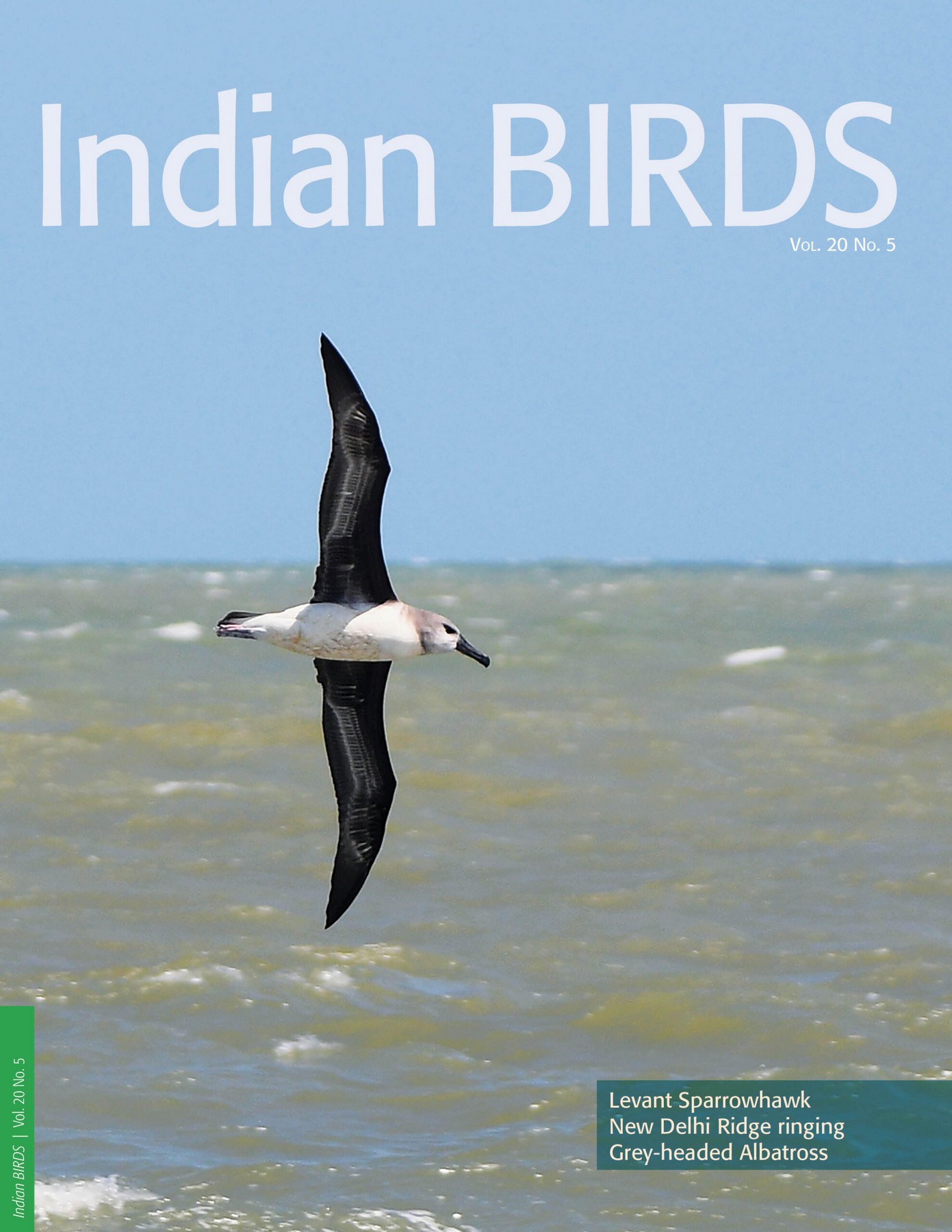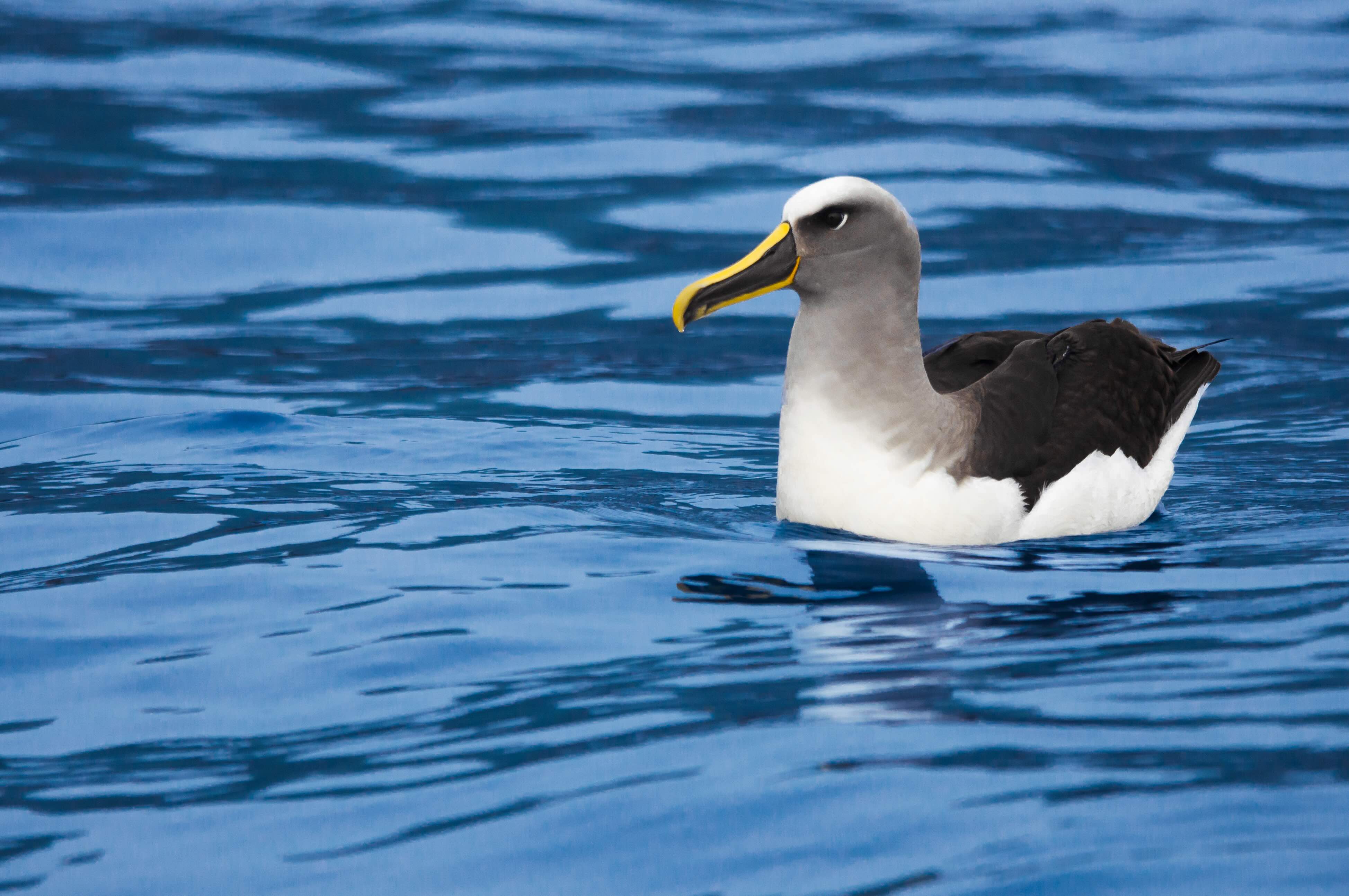Wandering Albatross at sunset, Champs des albatross, Possession Island, Crozets, photograph by Franck Theron
Following on the news that High Pathogenicity Avian Influenza (HPAI) virus is suspected to have reached South Africa’s sub-Antarctic Marion Island in the southern Indian Ocean (with samples requiring analysis in South Africa for confirmation), a French press release of 3 November states that HPAI has reached the Crozets and Kerguelen Island to the east of Marion.
The press release (issued by Terres australes et antarctiques françaises, in French) states that the HPAI clade 2.3.4.4b has been identified in samples taken in October from Possession Island in the Crozets. Samples from the east coast of the Courbet Peninsula on Kerguelen collected in November are to be analysed this month. Species affected are reported to be Southern Elephant Seals Mirounga leonina (several hundred, mainly juveniles), King Penguins Aptenodytes patagonicus (several dozens), Wandering Albatrosses Diomedea exulans and Sub-Antarctic Skuas Catharacta antarctica.
"Since the beginning of the epizootic, the French Southern and Antarctic Lands have implemented, with the support of the French Polar Institute (IPEV), reinforced measures for the protection of personnel and biosecurity in the two districts, in particular: access to the colonies limited to epidemiological monitoring operations and operations related to the security of the bases, wearing of personal protective equipment and reinforced protocols for disinfecting equipment" [translation by Google Translate].

Close to fledging. A Wandering Albatross chick on Marion Island. December 2008, photograph by John Cooper
The TAAF press release adds that the virus has not as yet been reported from Amsterdam Island or from Terre Adelie on the Antarctic Continent To date, there have been no public reports of HPAI cases on Australian and New Zealand sub-Antarctic islands. Prior to the Marion Island report, HPAI has resulted in the deaths of birds, including Wandering Albatrosses, on Bird Island in the South Atlantic (click here).
Read the TAAF press release here. With thanks to Karine Delord.
John Cooper, Emeritus Information Officer, Agreement on the Conservation of Albatrosses and Petrels, 17 December 2024

 English
English  Français
Français  Español
Español 
 Figure 1 from the paper: Foraging tracks of wandering albatrosses Diomedea exulans tracked during the study. Possession Island indicated with a black triangle. Grey tracks show individual bird movements; shaded polygons indicate 90% (lightest), 75% (mid), and 50% (darkest) utilisation distributions for all females (yellow polygons) and males (blue polygons). Pink dotted line shows approximate location of Antarctic Polar Front (Orsi and Harris 2019). Map and GPS tracks displayed in a Lambert azimuthal equal-area projection, centred on Possession Island.
Figure 1 from the paper: Foraging tracks of wandering albatrosses Diomedea exulans tracked during the study. Possession Island indicated with a black triangle. Grey tracks show individual bird movements; shaded polygons indicate 90% (lightest), 75% (mid), and 50% (darkest) utilisation distributions for all females (yellow polygons) and males (blue polygons). Pink dotted line shows approximate location of Antarctic Polar Front (Orsi and Harris 2019). Map and GPS tracks displayed in a Lambert azimuthal equal-area projection, centred on Possession Island.

 A Buller’s Albatross floating on the water; photograph by Enzo M.R. Reyes
A Buller’s Albatross floating on the water; photograph by Enzo M.R. Reyes